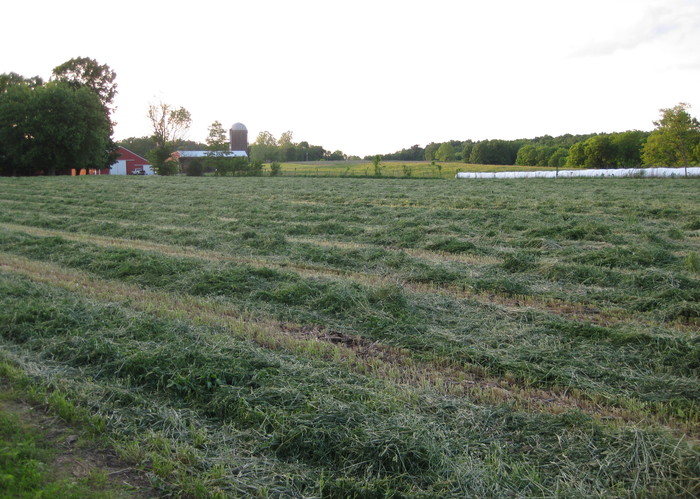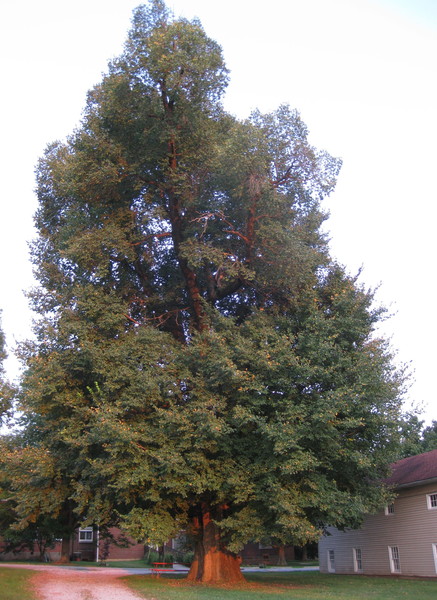St. Stephen’s Farm: Our Loretto Heritage
Posted on May 1, 2020, by Joy Jensen SL
The 200-acre tract that Stephen Badin purchased from Basil Hayden lay on the west side of Coleman’s Run, a branch of Hardin’s Creek. That land, called a plantation, had belonged to Coleman Brown, who had purchased and cleared some of the acreage. Brown had sold his tract to Hayden and had moved on. Badin described his plantation as containing “196 (60 cleared) acres of good and bad land and a dwelling house (pretty humble) — I possess also 200 acres of poor land contiguous to the above, which are intended as necessary to the above. I call it St. Henry’s field.” Later people called his plantation “Priestland,” but Badin named it St. Stephen’s Farm after his patron saint.
About 20 men from the area helped Badin build his cabin of poplar logs. His cabin was one “pen” and was built atop a forested hill near a spring. Badin wanted two rooms in the cabin; a small chapel for Mass was attached.

All photos by Donna Mattingly
Enslaved labor was a common institution, and Badin owned two enslaved persons. In Maryland priests were expected to support themselves on their own plantations; the Maryland Catholics brought this custom of enslaving people with them.
Badin’s cabin and log chapel were built on part of the cleared land. On the side of the forested hill where his cabin was built, a gushing spring flowed down the hill in a narrow channel to Coleman’s Run. Badin’s enslaved people planted corn and other food crops in the cleared area behind Badin’s cabin. The enslaved persons most likely lived in the “humble” cabin close to the fields. The leading crops in Kentucky were corn, hemp, and tobacco. Badin asked for the hundredth bushel of corn for his support from members of his congregations, but life on the frontier was hard. With corn hard to spare, Badin often had to grind his own corn on a handmill.

The trail to the Pottinger Creek settlement probably led west along the edge of the cleared land. At some point in the forest, the trail branched in the direction of the Hardin’s Creek settlement. Badin spent most of his time alone, riding from settlement to settlement for Mass and other services about five days a week.
When Charles Nerinckx arrived in 1805 he lived with Badin. They were too busy circuit riding to the settlements to really see each other. St. Stephen’s Farm was Nerinckx’s residence until 1812 when he left to live with the community at Little Loretto near Hardin’s Creek. Badin continued living alone after Nerinckx left.
Sources: W.J. Howlett, Life of Charles Nerinckx; Camillus P. Maes, Life of Charles Nerinckx.
